Thanks for tuning in again! Vino Voices has been ‘out of service’ awhile.

The reason?
I just spent a month at language ‘boot camp’ at L’Institute de Francais in Villefranche-sur-Mer, ten minutes from Nice. From 9.00 am to 5.00 pm fifty of us immersed in five separate intensive French language courses, in a location with gorgeous hillside vistas of Cap Ferrat promontory poking into the Mediterranean Sea (classmate Niel informed us how the Rolling Stones once resided there). Our brains smoked from the course intensity – losing concentration during class was not an option.

The experience was exhausting, but excellent. The instruction was superlative, the food delicious, the students diverse and motivated, and the camaraderie enormous. Fellow students included a British financial consultant who wants to understand French clients, a European manager of the International Monetary Fund, a Florida professional guitarist who now lives in Congo managing malaria prevention projects, the Dutch owner of a riviera boat inspection company, and a Californian who piloted a drone to create a documentary about Africa’s Serengeti. And many, many more colorful characters.
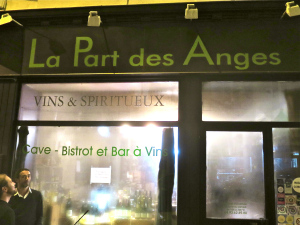
We sampled local wines. The real pro on specific wines along the French Riviera region is fellow blogger Chrissie – whose Riviera Grapevine blog covers both France and Italy. The default wine in this region is rosé (which kept us company many evenings) but we branched out to try others.
One evening we took the bus to Nice for a sampling at La Part des Anges (‘The Angel’s Share’), where we ate cold meats – charcuterie – and cheeses, and sampled five diverse wines. Three were local, one came from near Bergerac to the west, and another came from the northeast, above the Burgundy region. What the wines share in common is all are produced organically or biodynamically. They are also excellent quality, good value wines.

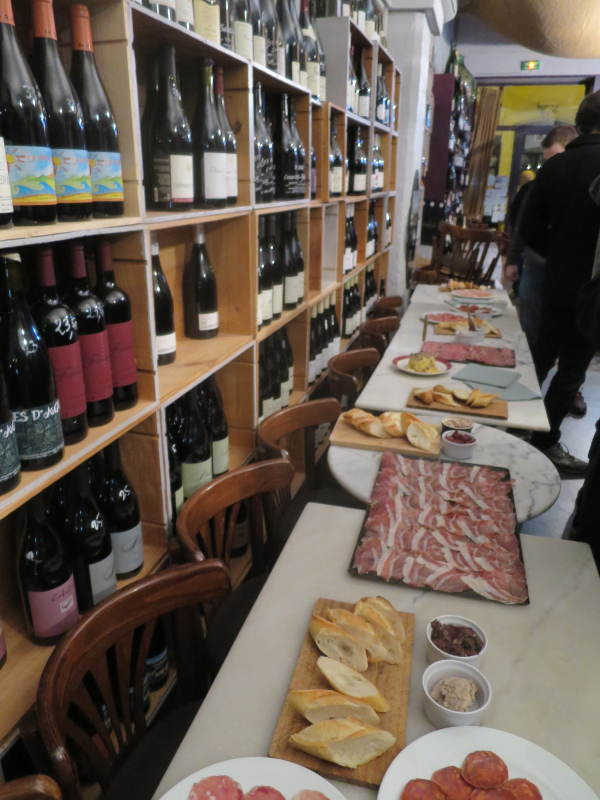
We sampled reds before whites, because whites matched cheeses we ate last. (Unlike English and German, many French words don’t end in a hard consonant; this helps provide the language with its musical rhythm. That mindset is reflected in how the French also prefer ending their meals with sweet food, rather than savory – hence cheese before dessert, unlike in England. And Americans who eat cheese before a meal? Some consider us barbarians…. 🙂 .)
The first red was Les Grimaudes from the Costieres de Nimes – the southernmost portion of the Rhone Valley. This region has produced wine since ancient Greek civilization thrived. The local low-lying limestone soil includes large pebbles, drains easily, and is low in fertility – forcing vine roots to plunge deep, resulting in more complex wine. This heavy biodynamic wine is a Grenache and Syrah blend – smooth and distinct (15 Euros per bottle).
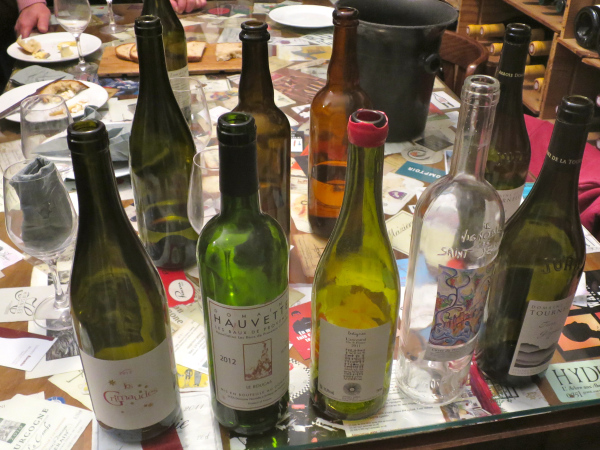
The second red was a 2012 Domaine Hauvette Le Roucas. This more oaky, flavorful blend includes Grenache, Syrah, and also Cabernet Sauvignon – providing a tannic edge and greater kick than the first red. This Grenache predominant (60 percent) wine comes from a small producer south of Avignon, and is produced organically (not biodynamically). It costs 25 Euros a bottle.
The third red was a 2011 L’Ancestral, produced by Chateau Lestignac. This one hundred percent Cabernet Franc comes from the Perigord region near the city of Bergerac – a long way from Nice. The wine is smooth, though lacking the distinction of the second red. It’s produced by a young couple – Camille and Mathias Marquet – who have been making wine since 2008, and are looking to make ‘wine with a personality.’ This is an impressive red for new winemakers. The wine is ‘certified organic,’ and was the most elegant of all reds we sampled. The cost per bottle is 25 Euros.
For the whites, we first tried a 2013 Cuvée du Pressoir Romain, a blend of the Rolle grape (known as Vermentino in Italy) – produced on local slopes (opposite the slopes to the famed Bellett grape), ten kilometers north of Nice. This is blended with Ugni Blanc (also known as Trebbiano). This is a fresh, light white. Each bottle costs 19.90 Euros.
Finally, we tasted a 100 percent Chardonnay from Domaine de la Tournelle, located northeast of the Burgundy region – far north – on the border of France and Switzerland. This domaine produces both organic and biodynamic wines. This wine – Terre de Gryphées – is hand harvested and aged for at least two years in oak barrels. The taste was less zesty and crisp than the first white, but smooth and enjoyable. The price – 20 Euros a bottle.
The lessons from this tasting? First, drinking red before white is no sin. Enjoy wine any way you like. Second, be creative about choosing a tasting theme (here, all wines were organic or biodynamic French). Third, a winemaker’s age does not necessarily correlate with the quality of what they produce. And as always, diversity keeps people alert – in taste, geography, and modes of production.
Time and wine on the French Riviera were priceless…mais de parler français couramment? C’est un autre histoire.


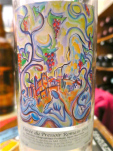
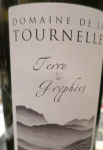
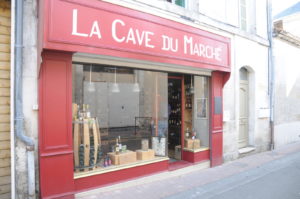
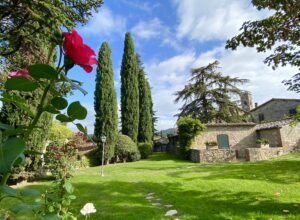
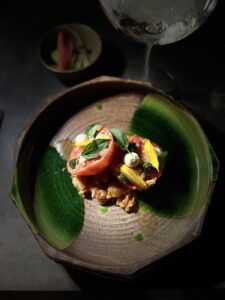
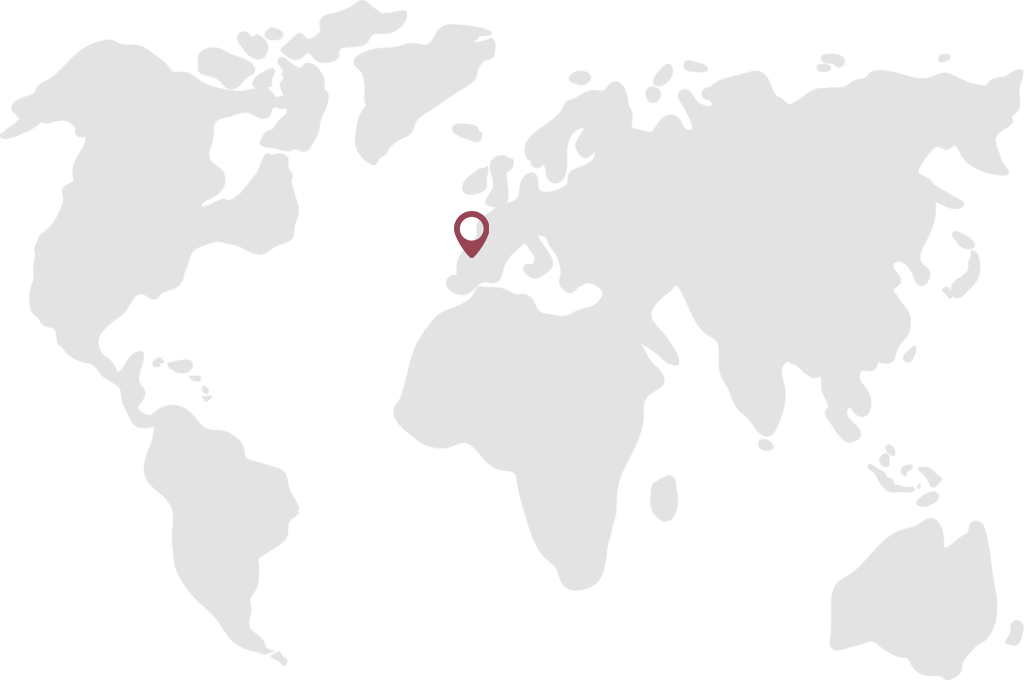
Chrissie
11 Feb 2015Tom, how lovely to see my wonderful Riviera through your eyes 🙂 When are you coming back!
vinoexpressions
11 Feb 2015Will return soon Chrissie – but have to get my long-term visa first! Lovely part of the world you live in…. 🙂 See you soon enough. Enjoy the spring!
Trisha Ray
11 Feb 2015Just reading your current Vino post…
Have a look at this page from my journal entry from today…and notice the wine we were drinking.
Costieres de Nimes. As in your post.
And I’ve never heard of it before.
vinoexpressions
11 Feb 2015That’s pretty wild. And considering that last night I was drinking wine with a woman who lived on St. Thomas and knew Antilles school – where you visited days ago – the lattice of coincidence appears to be on us again 🙂
Trisha Ray
11 Feb 2015I bet your French got better as the wines went down! Sounds absolutely lovely, the mix of people and the mix of wines! Parfait!
jlcollinsnh
11 Feb 2015Même moi, je peux parler français donné assez de vin. Et, bien sûr, avec Google Translate pratique.
Nous saluons le retour!
vinoexpressions
11 Feb 2015Ah, bien sur! Quand vous visitez bordeaux!, nous pratiquerons…
jlcollinsnh
12 Feb 2015Vin de pratique ou en français? Je suis mieux au vin …
Au moins la partie potable …